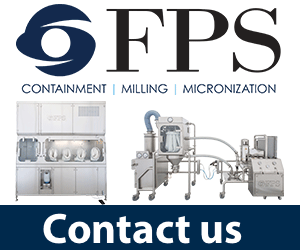A new laser-sheet airborne particle visualisation and counting technology that analyses the cleanliness of real space has been developed by Shin Nippon Air Technologies in Japan.
Historically, visualisation of airflow and dissemination of particles has been limited to "smoke pattern" testing and observation. Also, particle counting has been limited to sampling at specific locations, transporting the sample to an instrument for counting.
This new technique uses a laser light sheet along with image visualisation and analysis equipment to observe particles generated by processes and movement in the cleanroom.
The system, called VIEST, can be used to visualise: actual contamination events, airflow using a seeded particle source, and count particles in real-time as they pass through a critical process plane.
The basis of the technique is that the airborne particles scatter light from a laser beam projected across the target environment. The technique uses a camera to observe and record the scattered light from projection of the laser light as a sheet to cover the area of the clean zone under investigation.
This system makes it possible to visualise airborne particles and air flow in real time. The image can be viewed as a still or moving image to visualised particles.
“This new technology using a laser sheet and camera vision provides us with an exciting technique for better understanding the performance of our critical controlled environments,” said Gordon Farquharson.
Gordon Farquharson of Critical Systems, who presented a paper on the new technique at ICCCS 2012 Zurich, said: “The technology also allows us to produce visual image evidence of the environment we are testing or monitoring for cleanliness. Probably the major advantage over traditional particle counting is the ability of the technique to allow us to see actual particles generated from the process, and to determine whether they are swept away harmlessly or have an adverse impact on the product or process. This means that this analytical tool has a real value in assessing an understanding the real risks in a critically controlled environment.”




